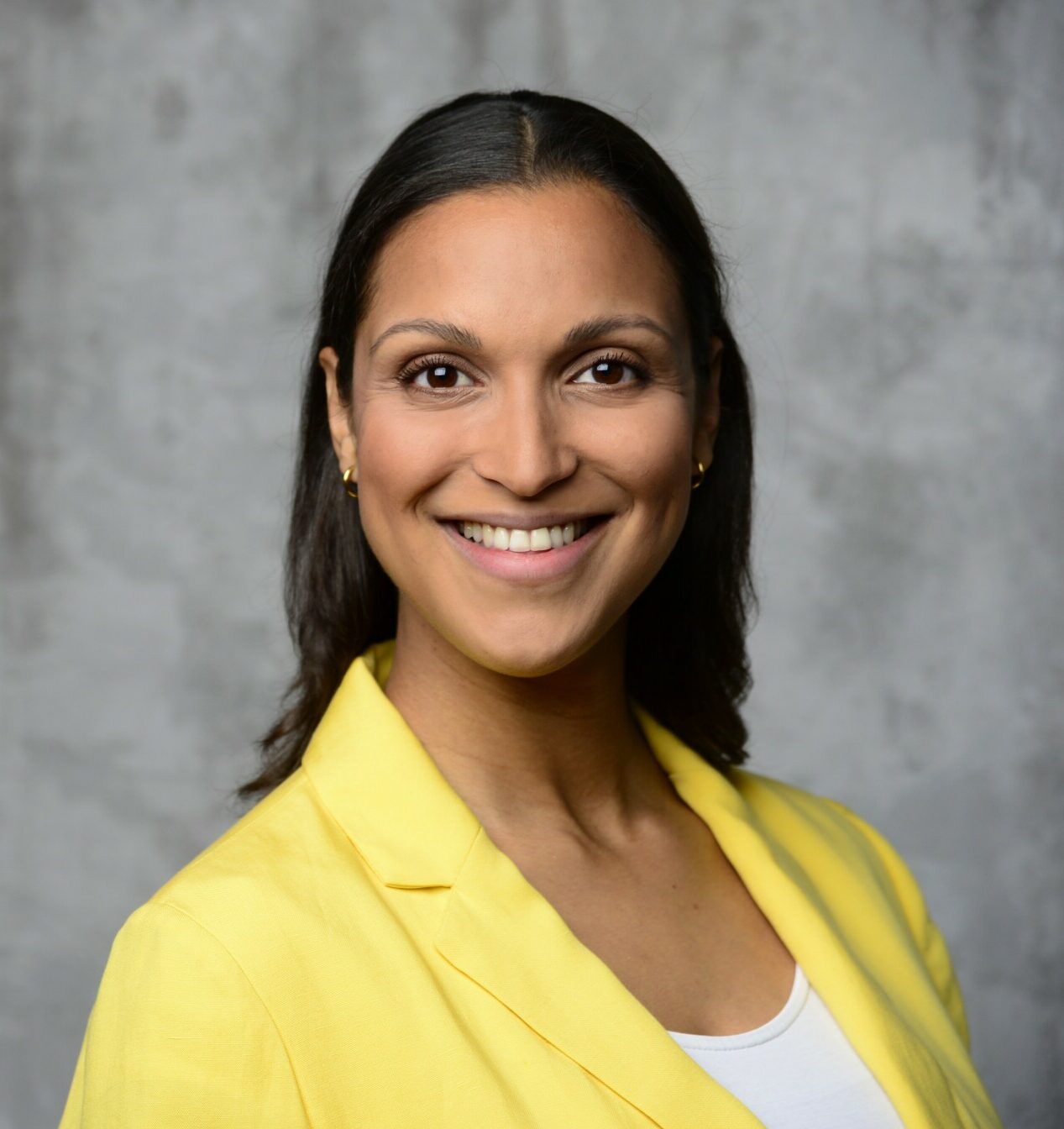Chart of the week, 2024-KW42
17 October 2024

Result
In Germany, three out of five people currently visit folk festivals or fairs at least once a year - just as often as ten or twenty years ago. They are particularly popular with the under-30s, three quarters of whom take advantage of the offer. In contrast, retirees are less likely to go to the funfair. Income also plays a role: while almost seven out of ten higher earners visit funfairs, only two out of five lower earners do so. More than one in three Germans would like to ride the merry-go-round more often, try their luck at the lottery booth or simply eat something tasty.
Reasons
Folk festivals are more than just opportunities to have fun - they are also an expression of regional culture and tradition. The special atmosphere created by a mixture of fairground rides, culinary offerings, games stalls, fun, socialising and adventure inspires many citizens. These festivals also offer a platform for social interaction and allow people to escape the daily grind for a few hours together. The sometimes centuries-old customs and rituals that are practised at many of these festivals create a link between the past and the present. For many visitors, folk festivals are therefore also a place to meet old friends and reminisce.
Forecast
The future of funfairs will depend on how well they manage the balancing act between tradition and innovation as well as old and new target groups. Funfairs must set themselves apart from amusement parks, as these are generally more modern, larger and more attractive. The emphasis on regionality offers an opportunity not only in terms of sustainability - many people long for a greater sense of belonging, authenticity and a feeling of „home“.
All in all, folk festivals will continue to be places of enjoyment, community and fun where visitors of all ages come together to experience wonderful moments.


